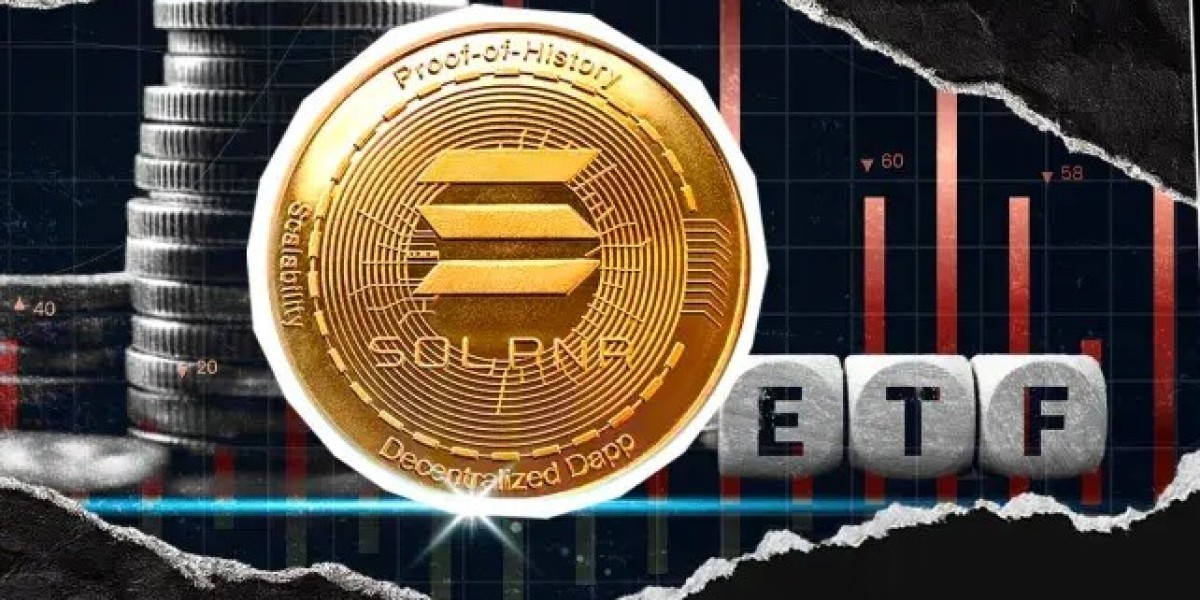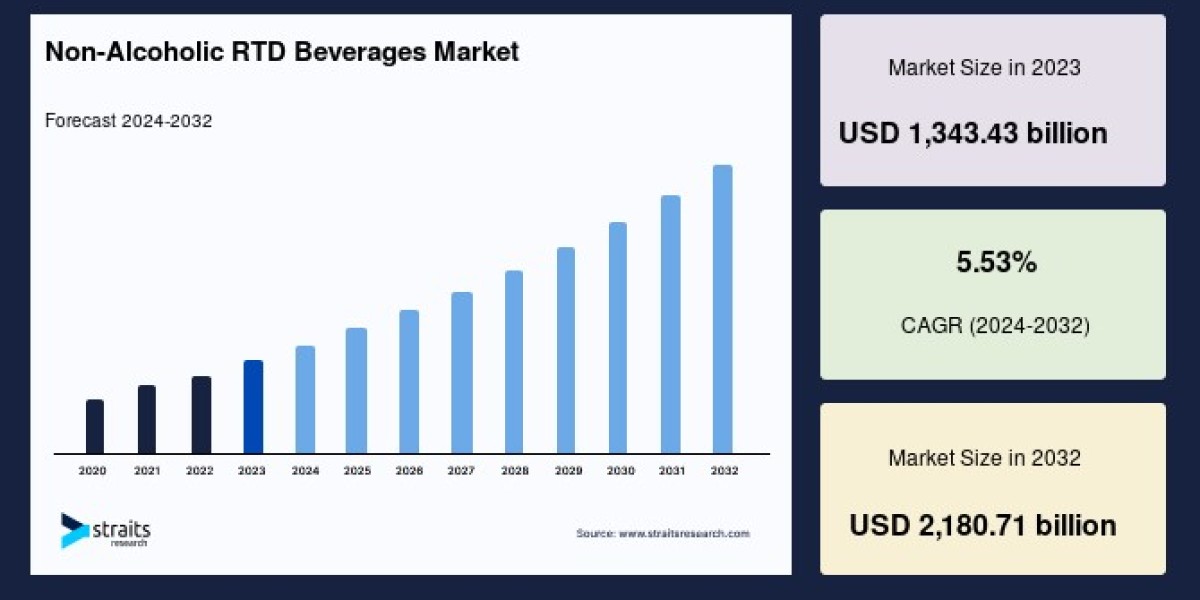As of October 2025, discussions around a Solana ETF have intensified, with regulatory bodies and market participants closely monitoring the developments.
Regulatory Landscape: Navigating the SEC's Scrutiny
The U.S. Securities and Exchange Commission (SEC) has historically approached cryptocurrency-based financial products with caution. The approval process for a Solana ETF is influenced by several factors:
Commodity vs. Security Classification: A pivotal issue is whether Solana (SOL) is classified as a commodity or a security. The SEC's Division of Enforcement has previously alleged that SOL constitutes an unregistered security in certain contexts. However, efforts by the Solana Policy Institute aim to classify SOL as a commodity, which would facilitate ETF approval.
Staking Considerations: Solana's proof-of-stake mechanism introduces complexities regarding staking rewards and custody arrangements. The SEC has requested updated registration statements from prospective ETF sponsors to address these issues, indicating that substantive policy questions are being addressed.
Despite these challenges, recent regulatory shifts under the Trump administration have created a more favorable environment for cryptocurrency-related financial products. Polymarket traders now assign a 99% probability of Solana ETF approval by 2025, up from 74% earlier in the year.
Market Demand: Institutional Interest and Investor Sentiment
The demand for a Solana ETF is driven by several factors:
Institutional Inflows: In the week ending October 4, 2025, Solana-related exchange-traded products attracted $706.5 million in inflows, reflecting strong institutional interest amid economic uncertainty.
ETF Characteristics: Proposed Solana ETFs, such as the Bitwise ETF, offer features like staking integration and a low management fee of 0.20%, aiming to capitalize on growing demand for yield-generating crypto exposure.
Market Sentiment: Analysts from JPMorgan estimate that spot Solana ETFs could attract approximately $1.5 billion in inflows within their first year, indicating a measured but positive investor outlook.
However, some analysts caution that Solana ETFs may face challenges in achieving the same level of investor enthusiasm as Bitcoin and Ethereum ETFs. Factors such as declining on-chain activity and competition from diversified crypto funds could impact their performance.
Market Impact: Potential Effects on Solana's Price and Ecosystem
The approval of a Solana ETF could have several implications:
Price Appreciation: Analysts suggest that ETF approval could propel Solana's price to the $300–$345 range, driven by increased institutional liquidity and investor confidence.
Ecosystem Growth: The influx of institutional capital could accelerate the development of decentralized finance (DeFi) applications and other projects within the Solana ecosystem, enhancing its competitive position in the blockchain space.
Market Dynamics: A successful ETF launch could set a precedent for other altcoins, potentially leading to a wave of similar products and further integration of cryptocurrencies into traditional financial markets.
Conclusion: A Transformative Milestone Ahead
The path to a Solana ETF is marked by regulatory scrutiny and evolving market dynamics. While challenges remain, the confluence of favorable regulatory developments and strong institutional demand suggests that the approval of a Solana ETF is increasingly likely. Such an approval would not only provide investors with a new avenue to gain exposure to Solana but also signify a significant step toward the mainstream acceptance of cryptocurrencies in traditional financial markets.













